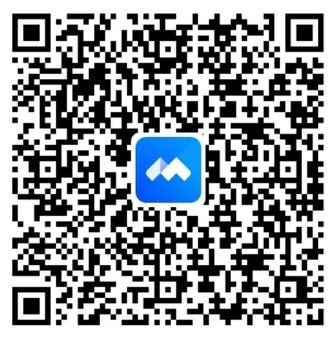报告题目:Deep learning for cryosphere remote sensing
报告人:刘琳 副教授
主持人:王康 研究员
报告时间:2022年11月7日 下午3:00-4:30
腾讯会议:363-977-547
主办单位:地理科学学院、地理信息科学教育部重点实验室

1. 主讲人简介
Lin Liu is an Associate Professor of Earth and Environmental Sciences at The Chinese University of Hong Kong, where he also serves as the head of the Graduate Division of Earth and Atmospheric Sciences. He got his Ph.D. in Geophysics from University of Colorado at Boulder in 2011. Before joining CUHK in 2014, he was a George Thompson Postdoc Fellow at Stanford University. His research applies a wide range of geodetic, geophysical, remote sensing, and deep learning methods to the Earth‘s cryosphere systems including permafrost, glaciers, and ice sheets, aiming to quantify and understand their significant changes in a warming climate. He received the 2021 John Wahr Early Career Award from the American Geophysical Union.
2.内容简介
In the era of big data and artificial intelligence, deep learning has emerged as an innovative and important tool in cryosphere remote sensing and modeling and has been applied to nearly all cryospheric components in the Arctic, Antarctica, and high mountain regions. In this talk, I will summarize the exciting and diverse applications of deep learning in remote sensing studies of the cryosphere. Even though most of the published studies in the past five years were demonstrative in nature, these early efforts have successfully proved the effectiveness, robustness, and generalization capability of deep learning in retrieving the patterns of spatial, temporal, and spectral signatures of the cryosphere in remote sensing data, characterizing cryospheric dynamics at local and regional scales. Through two case studies, I will demonstrate the success and limitations of using state-of-the-art deep learning algorithms in the processing of multi-temporal and multi-sensor remote sensing imagery for glacier and permafrost studies. I’ll end my talk with a call for close collaborations between cryosphere scientists and data/AI scientists for generating high-quality and large-quantity training data and establishing protocols and guidelines for fully utilizing the potential of deep learning for cryospheric studies.
欢迎各位老师和学生参加!
报告人:刘琳 副教授
主持人:王康 研究员
报告时间:2022年11月7日 下午3:00-4:30
腾讯会议:363-977-547
主办单位:地理科学学院、地理信息科学教育部重点实验室

Lin Liu is an Associate Professor of Earth and Environmental Sciences at The Chinese University of Hong Kong, where he also serves as the head of the Graduate Division of Earth and Atmospheric Sciences. He got his Ph.D. in Geophysics from University of Colorado at Boulder in 2011. Before joining CUHK in 2014, he was a George Thompson Postdoc Fellow at Stanford University. His research applies a wide range of geodetic, geophysical, remote sensing, and deep learning methods to the Earth‘s cryosphere systems including permafrost, glaciers, and ice sheets, aiming to quantify and understand their significant changes in a warming climate. He received the 2021 John Wahr Early Career Award from the American Geophysical Union.
香港中文大学地球与环境科学系副教授,地球与大气科学系研究生部主任。2011年在科罗拉多大学博尔德分校获得地球物理学博士,斯坦福大学George Thompson博士后。他的研究将大地测量学、地球物理学、遥感和深度学习方法应用于冰冻圈系统,包括多年冻土、冰川和冰盖,旨在量化和理解它们在气候变暖中的显著变化。2021年(香港第一位)获得了美国地球物理学会(AGU)颁发的John Wahr青年科学家奖。

2.内容简介
In the era of big data and artificial intelligence, deep learning has emerged as an innovative and important tool in cryosphere remote sensing and modeling and has been applied to nearly all cryospheric components in the Arctic, Antarctica, and high mountain regions. In this talk, I will summarize the exciting and diverse applications of deep learning in remote sensing studies of the cryosphere. Even though most of the published studies in the past five years were demonstrative in nature, these early efforts have successfully proved the effectiveness, robustness, and generalization capability of deep learning in retrieving the patterns of spatial, temporal, and spectral signatures of the cryosphere in remote sensing data, characterizing cryospheric dynamics at local and regional scales. Through two case studies, I will demonstrate the success and limitations of using state-of-the-art deep learning algorithms in the processing of multi-temporal and multi-sensor remote sensing imagery for glacier and permafrost studies. I’ll end my talk with a call for close collaborations between cryosphere scientists and data/AI scientists for generating high-quality and large-quantity training data and establishing protocols and guidelines for fully utilizing the potential of deep learning for cryospheric studies.
欢迎各位老师和学生参加!